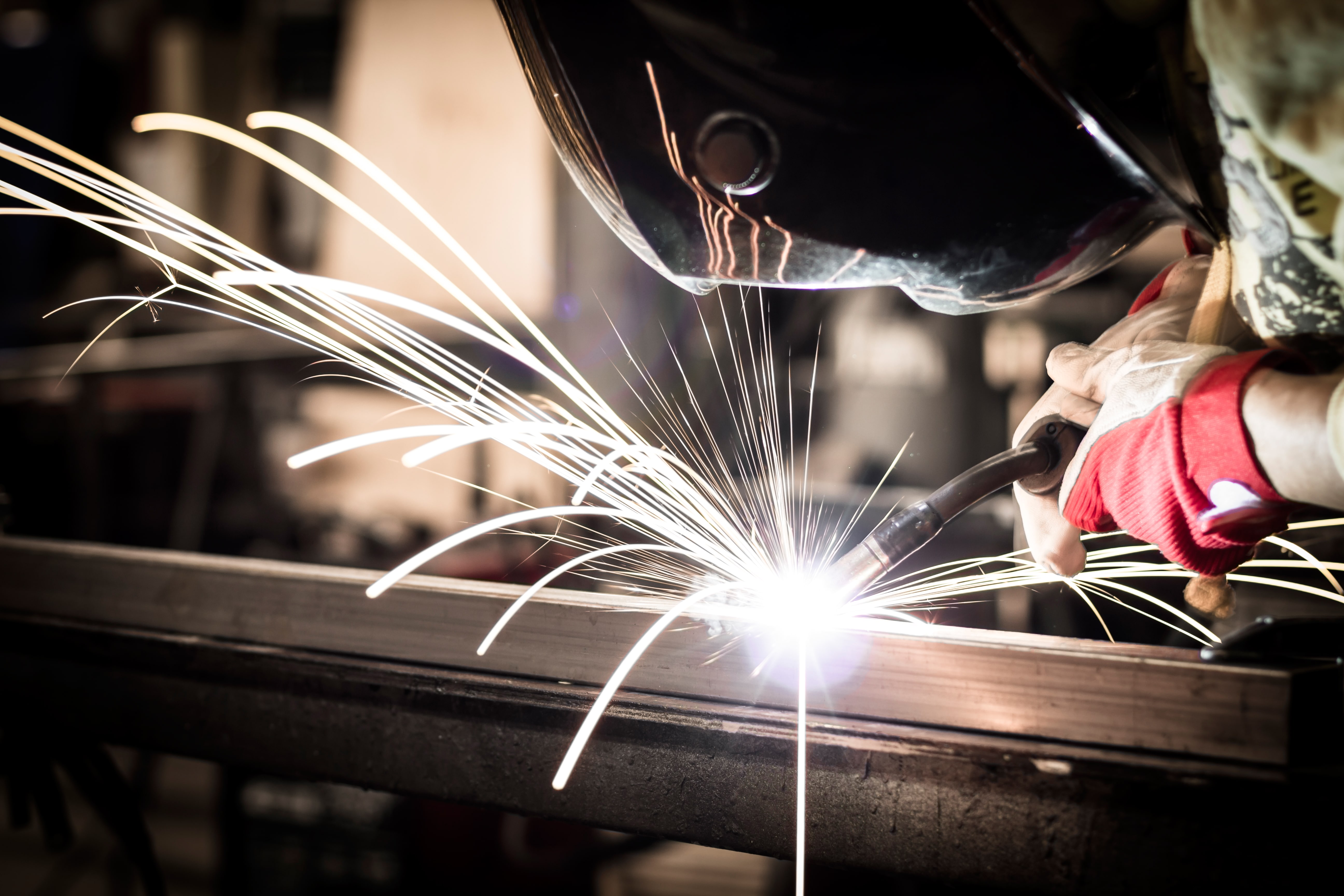Essential Tips for Welders: Preventing Undercut Welding and Ensuring Stronger Weld Joints
In the world of welding, attaining solid and durable weld joints is the cornerstone of creating top quality job. Nonetheless, one typical difficulty that welders often experience is undercut welding, which can jeopardize the integrity of the weld joint. By recognizing the aspects that contribute to undercutting and implementing the right strategies and precautions, welders can effectively prevent this concern and guarantee the longevity and toughness of their welds. Allow's check out some crucial ideas that can aid welders navigate this challenge and raise the high quality of their welding tasks.

Understanding Undercut Welding
Undercut welding is an usual welding problem that occurs when the weld metal falls short to correctly load the groove and causes a groove-like anxiety along the weld grain. This flaw deteriorates the weld joint, making it susceptible to breaking and failure under tension. Damaging can be caused by different variables, consisting of excessive welding existing, high welding speed, incorrect electrode angle, wrong electrode size, and poor welding technique.
One of the main factors for undercut welding is a discrepancy in between the welding current and the welding speed. If the welding current is too expensive or the welding rate is as well quick, the weld steel might not adequately load the groove, causing damaging. Furthermore, making use of an electrode that is too large can cause a similar result, as the excess steel can not properly flow into the groove.
To stop undercut welding, welders should ensure they are making use of the correct welding specifications, preserve an ideal electrode angle, choose the ideal electrode size, and technique proper welding strategies. By addressing these aspects, welders can reduce the threat of damaging and produce more powerful, more trusted weld joints.
Proper Welding Strategy
Efficient welding method plays a vital role in guaranteeing the high quality and stability of weld joints. Appropriate welding technique includes a combination of accuracy, adherence, and skill to finest techniques. One basic facet of appropriate welding method is keeping the right angle and distance between the welding weapon and the work surface. Welders should additionally pay very close attention to the travel rate and warmth input to stop issues like undercutting, porosity, or incomplete combination.
Additionally, a stable and consistent hand motion is vital for developing solid and sturdy weld joints. Welders must go for smooth, uniform movements to make sure even distribution of the weld product. Proper manipulation of the welding weapon and filler material is likewise crucial to achieving optimal infiltration and blend.
Furthermore, controlling the heat input and choosing the appropriate welding criteria based upon the product being welded are important consider accomplishing top notch welds - Preventing weld undercut. Welders must comply with the advised settings provided by welding treatment specifications and readjust them as needed based on the certain needs of the job. By mastering appropriate welding methods, welders can substantially boost the strength and dependability of their weld joints
Selecting the Right Electrode
Keeping the right angle and distance between the welding weapon and the work surface is basic when thinking about the value of selecting the ideal electrode in welding applications. The option of electrode plays an essential role in establishing the high quality and toughness of the weld joint. Electrodes come in various types, each made for certain purposes and materials.
First of all, picking the appropriate electrode diameter is necessary. Thinner electrodes appropriate for welding thin materials, while thicker electrodes are better for thicker materials and higher warm applications. Matching the electrode diameter to the density of the work surface assists achieve a well balanced weld.
Second of all, comprehending the material make-up of the electrode is important. Different electrodes are made for welding specific products like steel, stainless-steel, aluminum, or cast iron. Making use of the correct electrode product guarantees good blend and minimizes the threat of defects in the weld.
Finally, taking into consideration the welding placement and technique is crucial when picking the electrode type. For circumstances, certain electrodes are better fit for upright or overhanging welding placements, while others function well for flat or straight placements. Selecting the ideal electrode based upon the welding strategy boosts the total weld high quality and stability.
Preparing the Base Metal
To make certain an effective welding procedure, what first actions should be taken when preparing the base steel for welding? In addition, any existing weld material or residue from previous welding must be eliminated to guarantee a tidy surface for the brand-new weld.

Carrying Out Post-Weld Inspections

After carrying out these evaluations, welders need to contrast the results versus industry requirements and task he said demands to make certain that the weld joint fulfills all necessary criteria. Any inadequacies or deviations found during the post-weld evaluation should be without delay attended to with ideal restorative steps to assure the weld's honesty. By carefully doing post-weld inspections and without delay addressing any kind of issues, welders can support the top quality and dependability of their job, ultimately adding to the security and longevity of the bonded frameworks.
Verdict

To conclude, avoiding undercut welding and guaranteeing stronger weld joints call for a mix of proper welding method, choosing the best electrode, preparing the base metal correctly, and conducting post-weld inspections. By comprehending the reasons for undercut welding and executing the essential preventative measures, welders can create top notch weld joints that fulfill market requirements and make certain the structural stability of check out this site the bonded parts.
Undercut welding is a typical welding problem that occurs when the weld metal fails to correctly load the groove and results in a groove-like depression along the weld bead (Preventing weld undercut). Damaging can be caused by different elements, including extreme welding current, high welding rate, inappropriate electrode angle, inaccurate electrode dimension, and poor welding strategy
One of the primary reasons for undercut welding is a discrepancy between the welding existing and the welding speed. If the welding current is too high or the welding rate is as well fast, the weld metal might not effectively fill up the groove, leading to damaging.Keeping the proper angle and distance between the welding gun and the work surface is fundamental when thinking about the value of picking the appropriate electrode in welding applications.